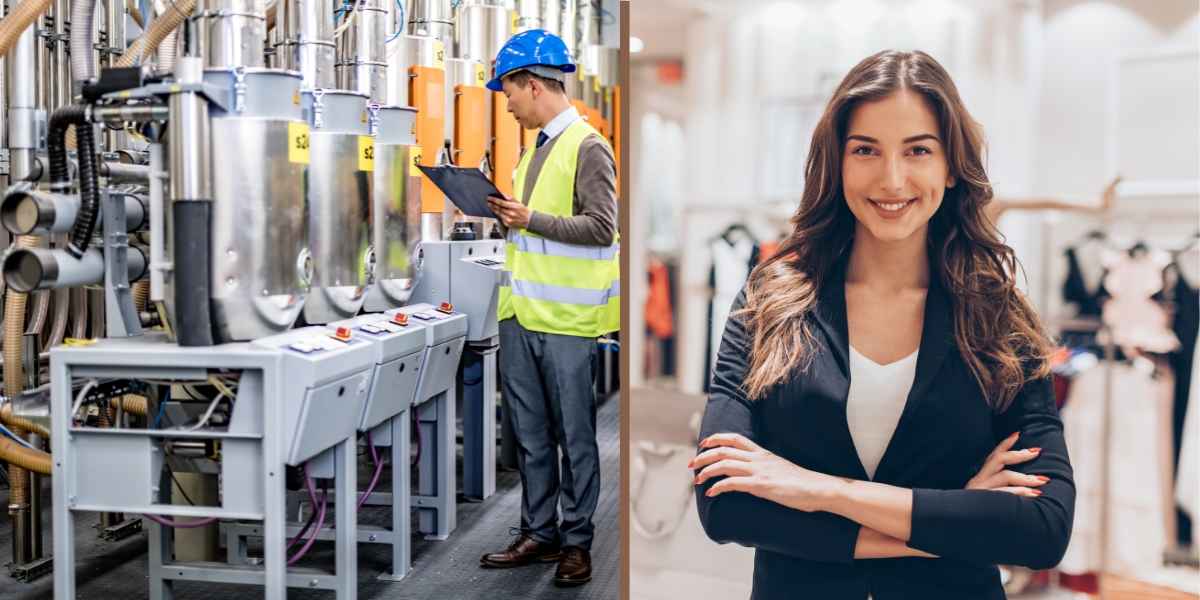
Have you ever wondered who’s responsible when a product injures you?
Navigating the world of product liability can feel overwhelming.
When a product fails, the question often arises: Is it the manufacturer’s fault, or does the retailer share the blame?
Understanding these distinctions can empower you as a consumer and help you seek justice when necessary.
Product liability laws hold parties accountable for unsafe products, ensuring that you, the consumer, have recourse in case of harm. From defective toys to faulty appliances, knowing who can be held liable is crucial.
In this blog, we’ll explore the roles of both manufacturers and retailers, highlighting their responsibilities and potential liabilities. By the end, you’ll have a clearer picture of your rights and what steps to take if you ever find yourself facing a product liability issue.
Let’s dive into the nuances of product liability and uncover the key players involved in keeping you safe!
Understanding Product Liability
Product liability refers to the legal responsibility of manufacturers and sellers to ensure their products are safe for consumers. When a product causes harm, the injured party may pursue a claim against those involved in its production or sale. There are three main types of product liability claims:
- Design Defects: These occur when the product’s design is inherently unsafe, even if manufactured correctly. For example, a car with a faulty design that increases the risk of rollovers may lead to a design defect claim.
- Manufacturing Defects: These arise during the production process. For instance, if a batch of toys is made with harmful materials, those specific toys can be deemed defective, leading to liability for the manufacturer.
- Failure to Warn: This involves a lack of adequate instructions or warnings about potential dangers. If a medication doesn’t provide sufficient warning about side effects, it may lead to liability.
Understanding these categories helps consumers identify when they might have a valid claim against a manufacturer or retailer.
The Role of Manufacturers in Product Liability
Manufacturers play a crucial role in ensuring product safety. They are responsible for designing, producing, and testing products before they reach consumers. Here’s how they are held accountable:
- Safety and Compliance: Manufacturers must adhere to safety standards and regulations. This includes rigorous testing to ensure products do not pose unnecessary risks.
- Quality Control: They need to implement quality control measures to detect defects early in the production process. This reduces the likelihood of defective products reaching the market.
- Examples of Liability Cases: In cases like the infamous Ford Pinto, the manufacturer faced liability due to design defects that led to explosions in rear-end collisions. Such cases highlight the significant consequences manufacturers can face when they fail to uphold safety standards.
Manufacturers must take their responsibilities seriously to protect consumers and avoid costly legal consequences.
The Role of Retailers in Product Liability
Retailers also bear responsibility in product liability cases. They act as intermediaries between manufacturers and consumers. Here’s what you should know about their role:
- Consumer Responsibility: Retailers must ensure that the products they sell are safe and free from defects. This means they must conduct due diligence when selecting the products they stock.
- Liability for Misrepresentation: If a retailer advertises a product as safe when they know otherwise, they may face liability. For example, if a retailer continues to sell a recalled item without notifying customers, they can be held accountable.
- Examples of Liability Cases: A retailer may be liable if a consumer gets injured due to improper storage of hazardous products. In such cases, the retailer’s negligence in managing their inventory can lead to legal repercussions.
By understanding their responsibilities, retailers can help ensure consumer safety and reduce their risk of liability.
Key Differences Between Manufacturer and Retailer Liability
Understanding the differences between manufacturer and retailer liability is vital in product liability cases. Here’s a breakdown of their distinctions:
- Liability Standards: Manufacturers typically face stricter liability standards. If a product is defective, manufacturers can be held liable without proving negligence. Retailers, however, may only be liable if they acted negligently in their responsibilities.
- Negligence vs. Strict Liability: Manufacturers are often subject to strict liability, meaning they can be held accountable regardless of fault. Retailers may need to demonstrate negligence to establish liability, such as failing to inspect a product adequately.
- Scope of Responsibility: Manufacturers are responsible for the product’s design and manufacturing processes. Retailers focus more on how they market and sell the product. This distinction can affect the outcome of a liability case.
Understanding these differences can help victims determine whom to hold accountable and how to pursue their claims effectively.
When Both Manufacturers and Retailers Can Be Liable
In certain situations, both manufacturers and retailers may share liability for a defective product. Here are some key points to consider:
- Joint Liability Concepts: When a product is defective due to both the manufacturer’s design and the retailer’s negligence, both parties may be liable. For example, if a manufacturer produces a toy that contains harmful materials, and the retailer fails to heed safety recalls, both can face legal consequences.
- Contributory Negligence: In some jurisdictions, the concept of contributory negligence may apply. If a consumer’s actions contributed to their injury, courts might reduce the compensation awarded based on their level of fault.
- Legal Complexity: Determining liability can become complex, especially in cases involving multiple parties. Legal experts, such as lawyers specializing in product liability cases, can help victims navigate this complexity and ensure all liable parties are held accountable.
Understanding how liability can be shared encourages consumers to seek comprehensive legal advice when pursuing claims.
Legal Considerations in Product Liability Cases
Pursuing a product liability case involves various legal considerations. Here’s what you need to know:
- Key Legal Principles: Understanding product liability law is essential for anyone considering a claim. Key principles include strict liability, negligence, and breach of warranty. Each principle impacts how a case is approached and the potential outcomes.
- Gathering Evidence: Victims must collect evidence to support their claims. This may include photographs of the product, medical records, and witness statements. Documenting all interactions with the manufacturer or retailer also strengthens a case.
- Determining Fault: Courts assess evidence to determine fault in liability cases. They look at how the defect occurred, whether proper warnings were given, and if due diligence was followed.
Consulting lawyers specializing in product liability cases can significantly enhance a victim’s chances of success. Legal professionals provide guidance on gathering necessary documentation and navigating the legal system effectively.
Product liability cases can be complex, but understanding the roles of manufacturers and retailers is crucial. Each party bears significant responsibility for consumer safety, and both can be held liable under various circumstances. If you or a loved one has suffered due to a defective product, seeking legal guidance can make a difference. Expert lawyers specializing in product liability cases can help you understand your rights and pursue the compensation you deserve. Don’t hesitate to take action—your safety matters!

